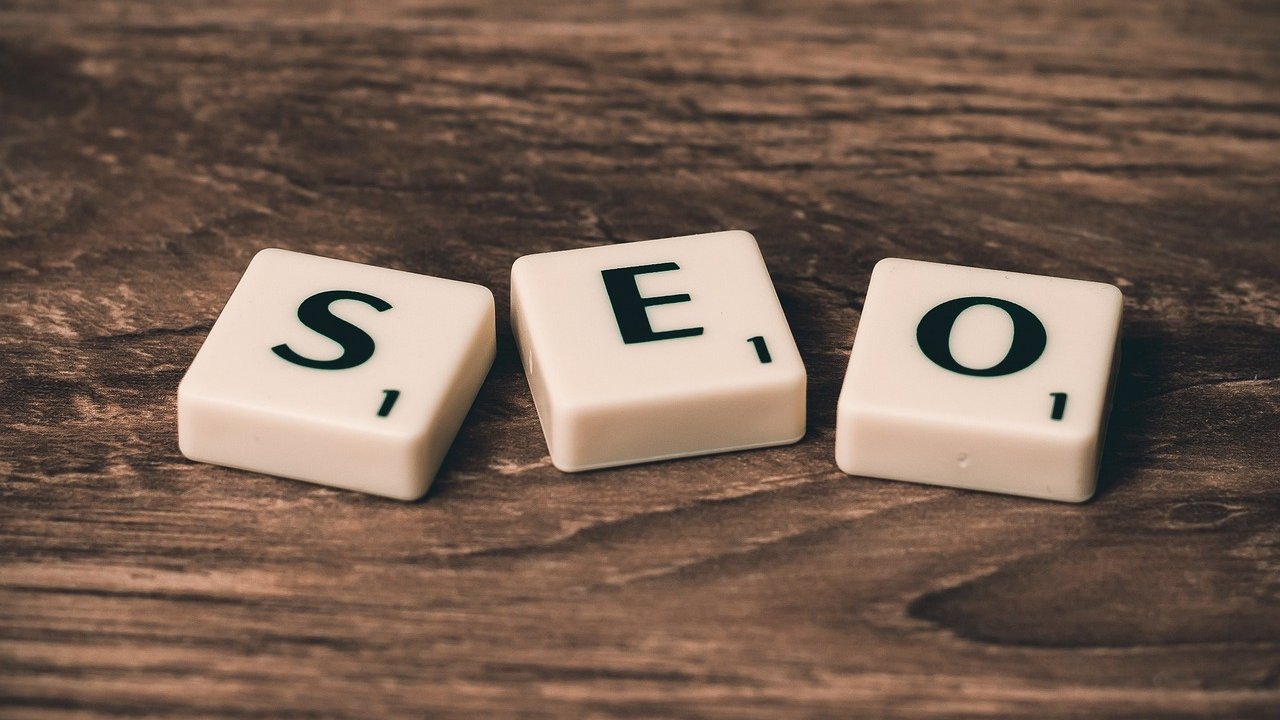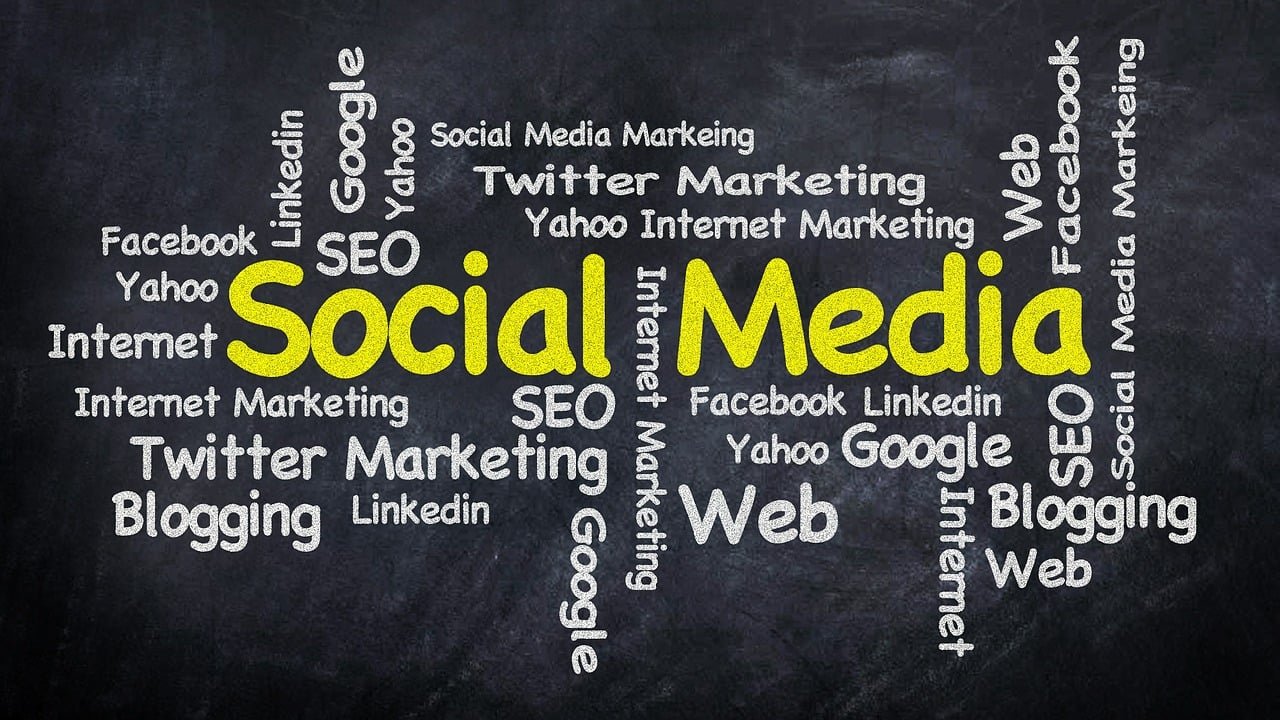
Marketing has seen a significant evolution over the years. Traditionally, businesses employed push marketing strategies, where they would 'push' their products or services onto consumers. However, in today's digital age, there's been a shift towards pull marketing, which is more consumer-centric. This article will explore this transition and the implications it has for businesses.
Understanding push and pull marketing
Let's start off by defining what we mean by push and pull marketing. Push marketing refers to tactics that involve promoting products directly to customers, such as through direct mail or TV advertising. On the other hand, pull marketing involves drawing customers towards your brand organically, typically through the use of content marketing and SEO.
The transition from push to pull marketing
The transition from push to pull marketing has been driven largely by changes in consumer behavior. With the increasing use of digital media, consumers now have a wealth of information at their fingertips. This has led to them taking a more proactive role in their purchasing decisions, researching products and making informed choices rather than being swayed by traditional advertising.
Benefits of pull marketing
- Building Brand Loyalty: Pull marketing fosters a relationship with the consumer, building trust and loyalty over time.
- Greater Engagement: By providing valuable content, businesses can engage consumers on a deeper level.
- Cost-Effective: In comparison to traditional advertising methods, pull marketing methods such as content marketing and SEO are usually more cost-effective.
- Targeted Approach: Pull marketing allows businesses to target a specific group of consumers with personalized messages.
Challenges in implementing pull marketing
Despite the benefits, implementing pull marketing isn't without its challenges. Some of these are:
- Content Creation: Creating high-quality, relevant content that attracts and engages consumers is a time-consuming process.
- Understanding Consumer Behavior: To effectively pull in consumers, businesses need to understand their needs, preferences, and behaviors.
- Measuring Success: Unlike push marketing, where success can be easily measured by sales, pull marketing success is often gauged by engagement metrics, which can be more difficult to analyze.
The shift from push to pull marketing marks a significant evolution in the way businesses interact with consumers. By focusing on consumer-centric marketing strategies, businesses can build stronger relationships with their customers, fostering loyalty and driving growth. However, it's important for businesses to recognize the challenges associated with this transition and to develop strategies to overcome them. Despite these challenges, the benefits of pull marketing make it a worthwhile investment for most businesses.











